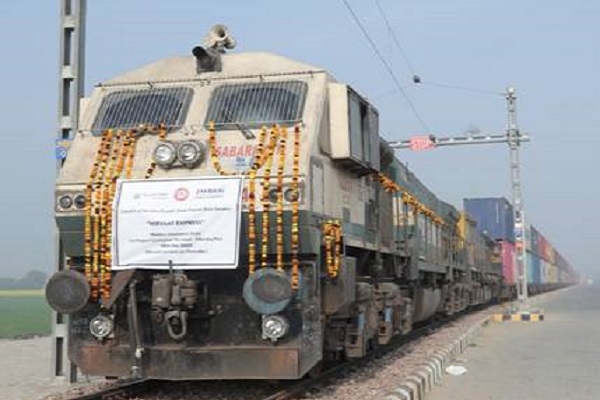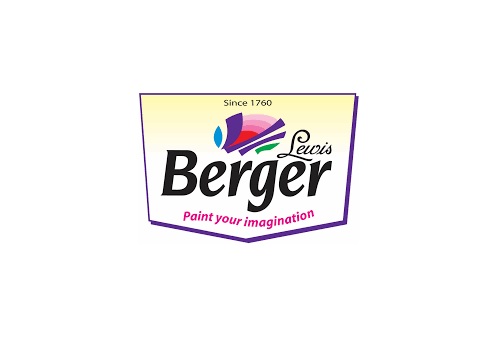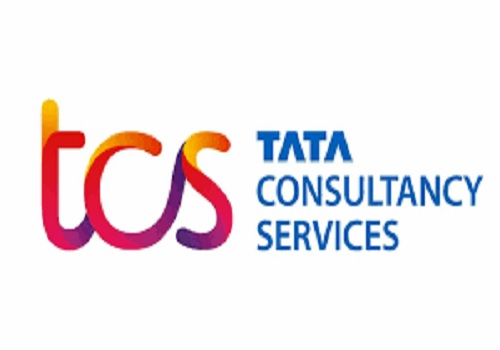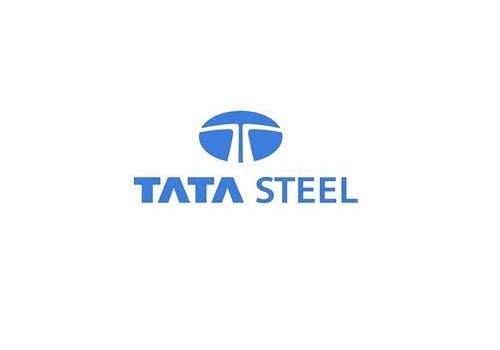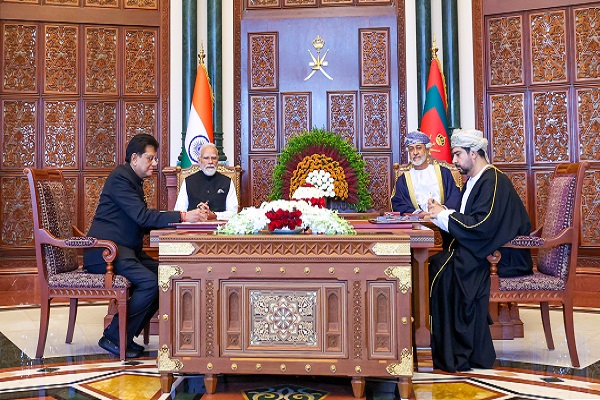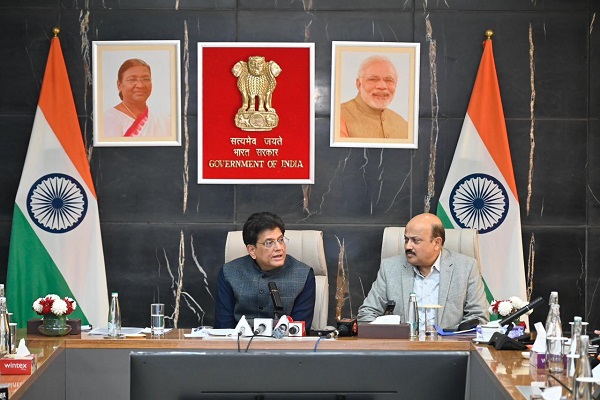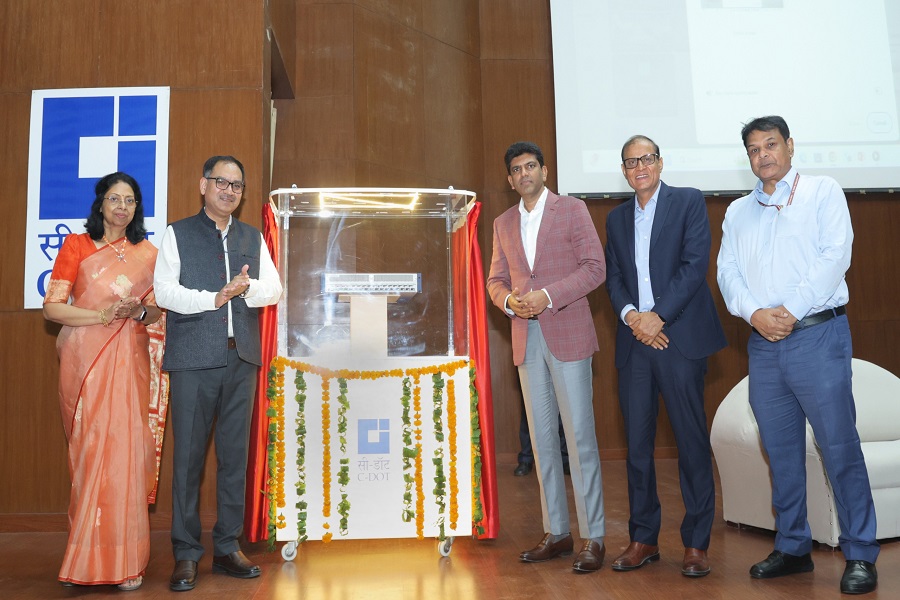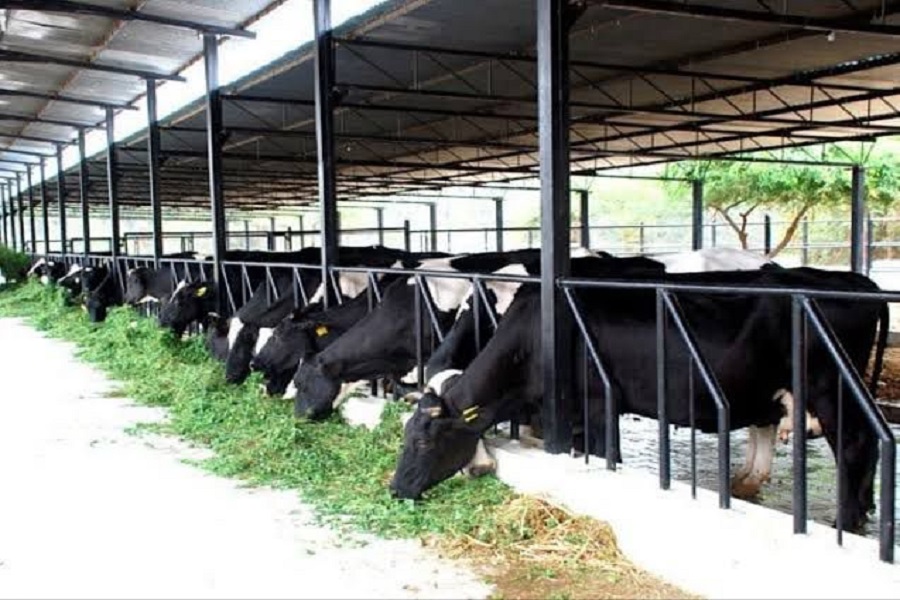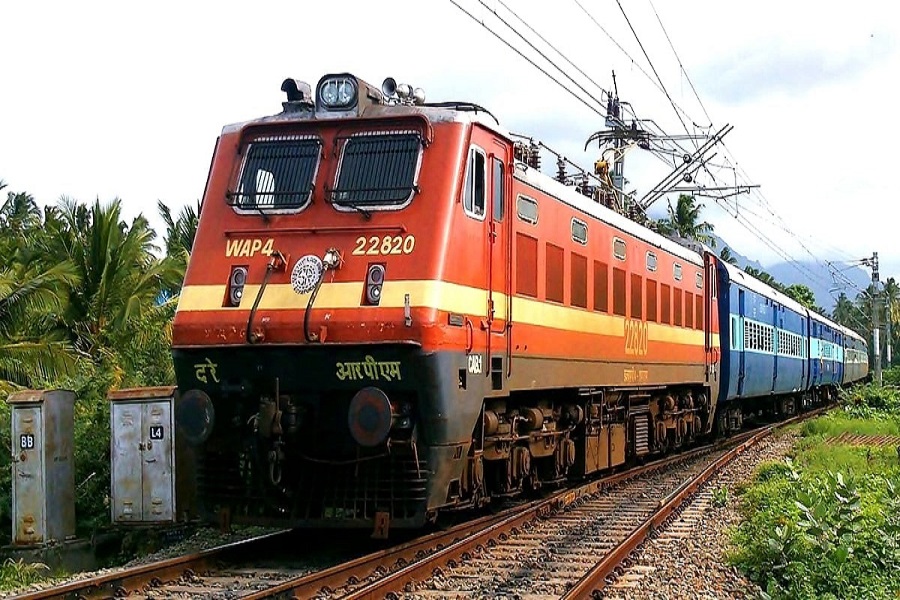Delhi railway makeover a part of Amrit Bharat Station Scheme

All-round infrastructure development has been a focus area of the Modi government and as a part of this overall thinking the 'Amrit Bharat Station Scheme' has been rolled out for the development of 1,275 railway stations across the country.
This scheme envisages development of stations on a continuous basis with a long-term approach. Presently, the scheme envisages to take-up 1275 stations spread across the country for upgradation and modernisation.
Among the states, Uttar Pradesh tops with 149 stations under the scheme while Maharashtra has 123 stations and Bihar has 86 stations for upgradation and redevelopment under the scheme.
Considering the major infrastructure building projects that Indian railways is set to take up in the coming months, the government lined up a record allocation for the Railways in this year's budget at Rs 2.4 trillion.
Officials said that the Ministry of Railways has speeded up the reconstruction of significant stations across the country to ensure that passengers have access to the best amenities and comfort while travelling by train. The government believes that redevelopment of railway stations across the country will boost the economy by creating more jobs and promoting economic expansion.
The Amrit Bharat Station Scheme involves the preparation of Master Plans and their implementation in phases to improve the amenities at the stations like improvement of station access, circulating areas, waiting halls, toilets, lift and escalators as necessary, cleanliness, free Wi-Fi, kiosks for local products through schemes like ?One Station One Product', better passenger information systems, Executive Lounges, nominated spaces for business meetings, landscaping etc..
The scheme also envisages improvement of buildings, integrating the station with both sides of the city, multimodal integration, amenities for Divyangjans, sustainable and environment friendly solutions, provision of ballastless tracks, ?Roof Plazas' as per necessity, phasing and feasibility and creation of city centres at the station in the long term.
The scheme also aims to relocate redundant or old buildings in a cost efficient manner so that space is released for higher priority passenger related activities and future development may be carried out smoothly. Creation of new buildings should generally be avoided other than those required for relocation of old structures or relocation of structures to improve circulation or provision of structures to improve the size of waiting halls.
As far as some major railway stations are concerned, the Centre in September last year approved Rs 10,000 crore for the redevelopment of the New Delhi, Ahmedabad and Mumbai's Chhatrapati Shivaji Maharaj Terminus railway stations.
The Centre had informed that as many as 199 stations with a footfall of 50 lakh per day are planned to be redeveloped in the first phase. It was informed that the total cost of the redevelopment of 199 stations including these three major stations is Rs 60,000 crore.
As per the plan, the stations in these cities will be connected on both sides of the railway tracks. Facilities like a food court, waiting lounge, playing area for children and a place to sell local products will be made available.
Recently, in December last year Prime Minister Narendra Modi after flagging off the Vande Bharat Express from Howrah to New Jalpaiguri, also launched four railway projects for West Bengal and laid the foundation stone for the redevelopment of the New Jalpaiguri railway station on the lines of airports.


